Reducing the size of drug particles enhances their uptake into cells leading to more effective tumor treatment.


Reducing the size of drug particles enhances their uptake into cells leading to more effective tumor treatment.

The enhanced emission of Cu nanocrystals/MOF composites is selectively quenched by TNT.
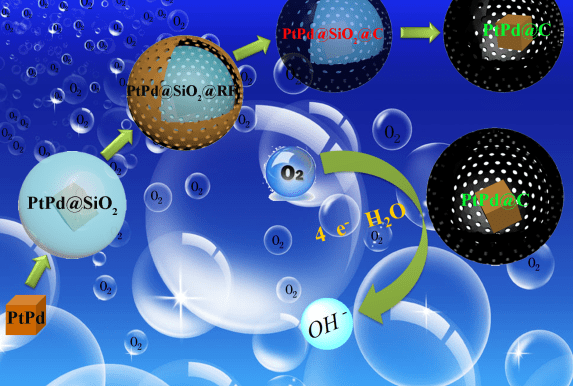
Wei Chen and co-workers control the thickness of a carbon shell encapsulating precious metal catalysts to yield efficient electrocatalysts.
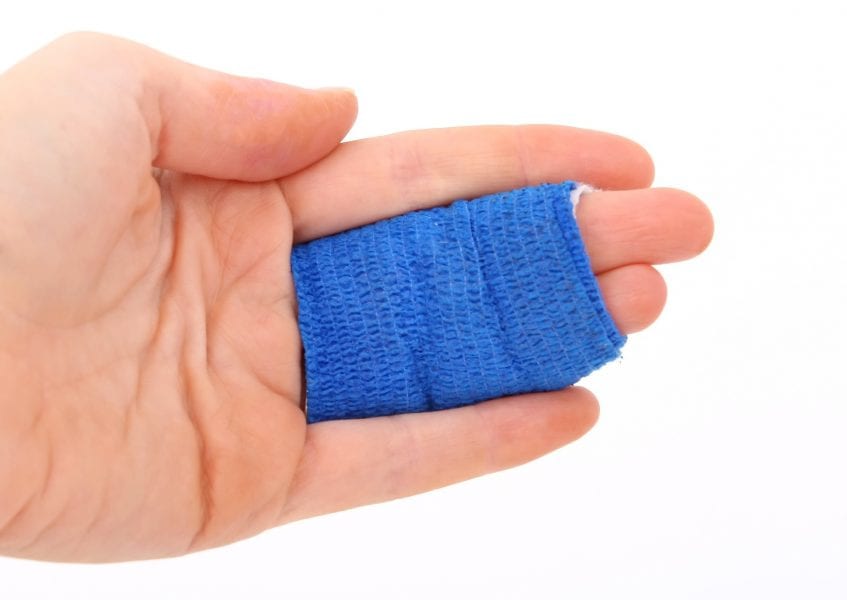
A simple method implementing epidermal growth factor encapsulated in a biodegradable hydrogel aids wound healing.
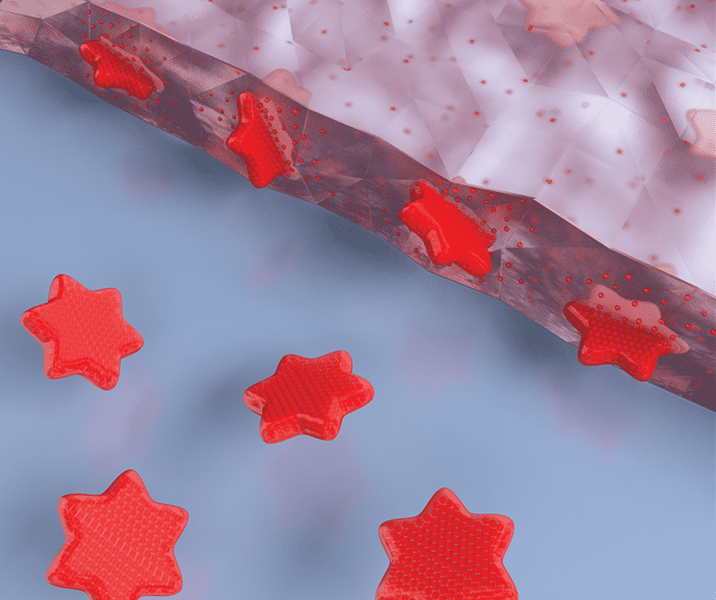
A freeze-drying procedure facilitates uniform drug loading of microparticles for efficient drug delivery.
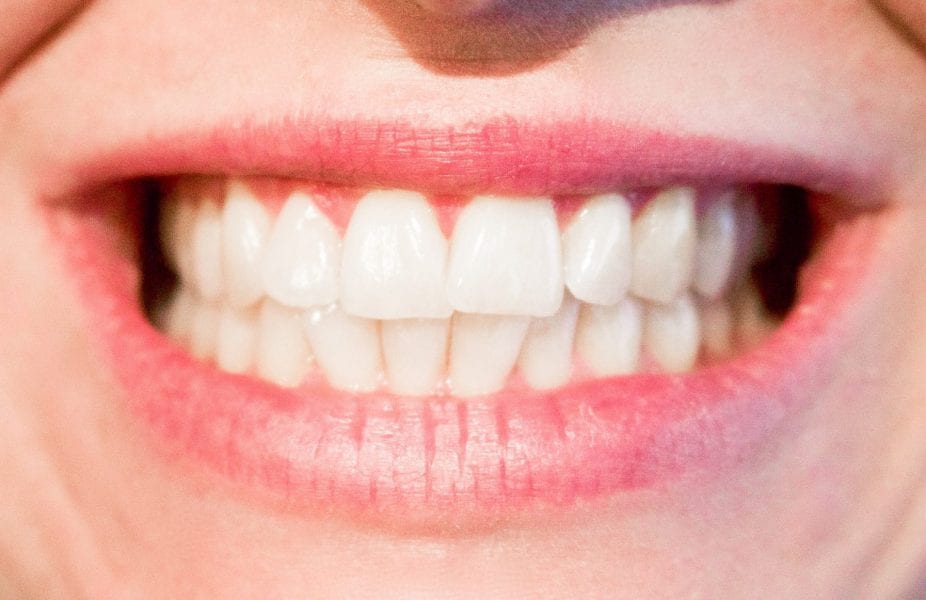
Graphene oxide is effective in combating early-stage formation of biofilms, resulting in dental care advances.
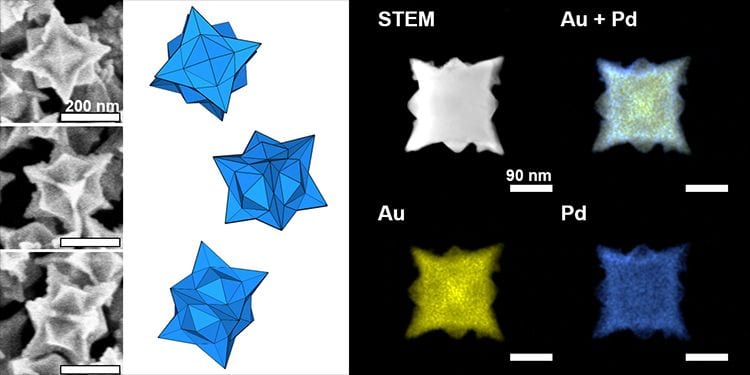
Discover how iodide can be used to control the shape of bimetallic nanoparticles for application in catalysis, solar-energy conversion and therapeutics.
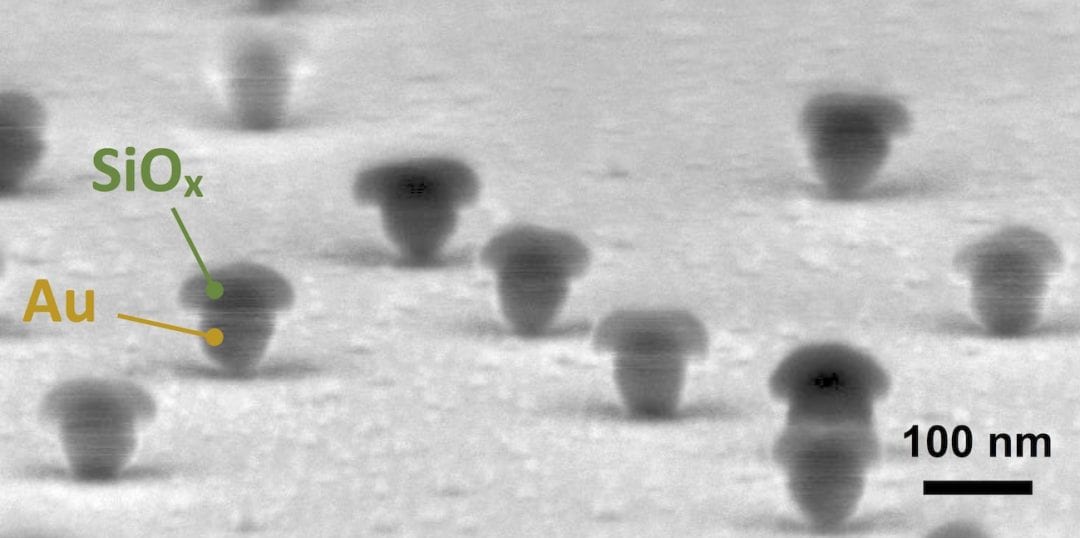
You can now include gold/silica nanomushrooms on your menu, as András Deák and co-workers recently published their generation in Particle.
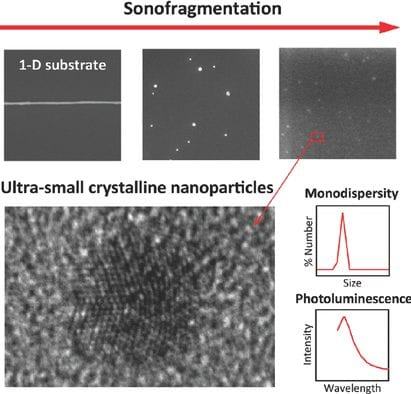
Researchers from the Massachusetts Institute of Technology, USA have introduced a simple strategy for making nanoparticles by the sonofragmentation of high‐aspect‐ratio 1D substrates.
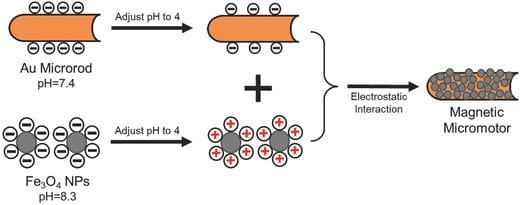
Magnetically steerable, acid-resistant micromotors are developed that can be fabricated by electrostatic attraction between magnetite nanoparticles and gold microrods at pH ≈ 4.